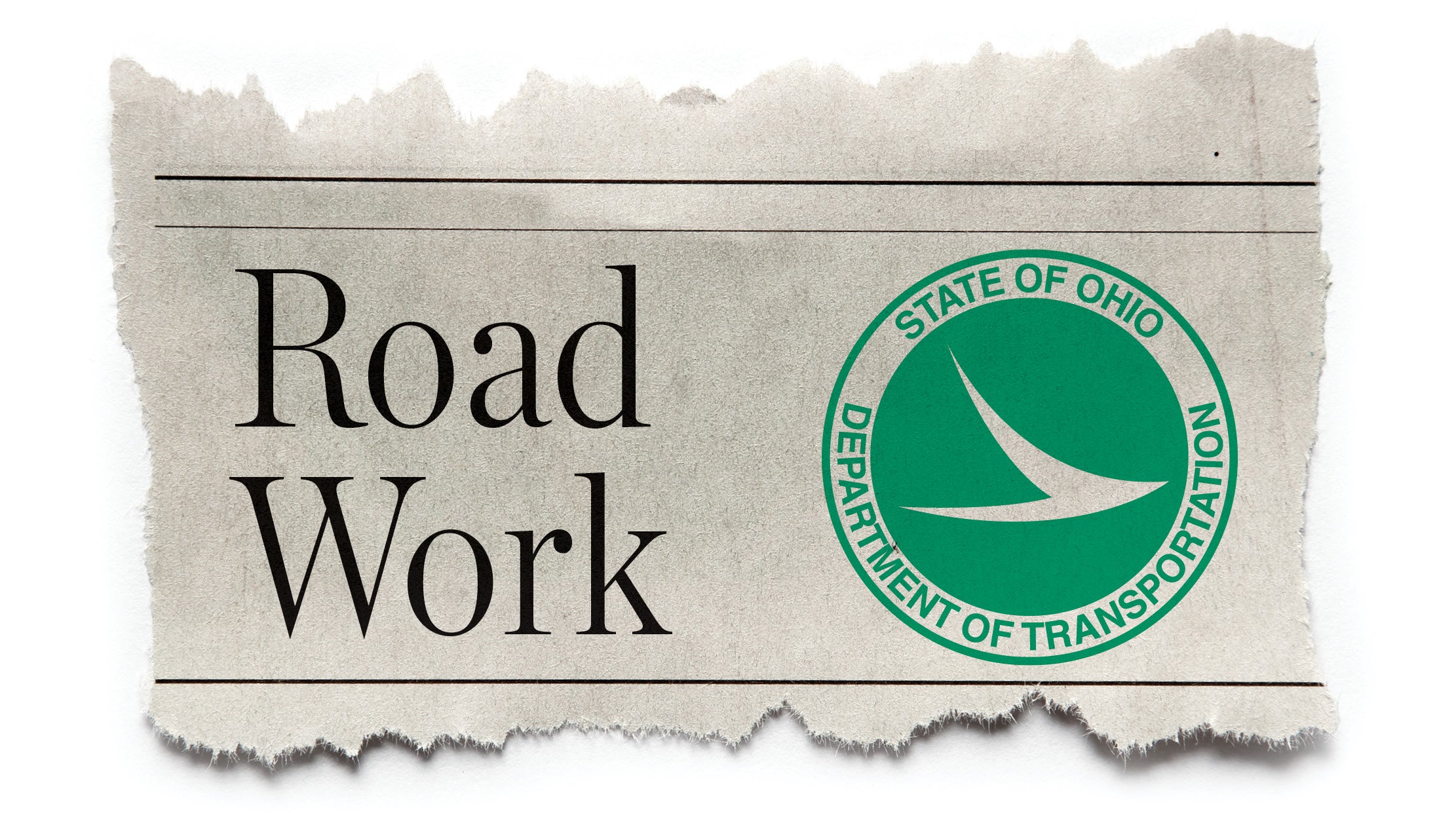Levee gets low rating
Published 4:39 pm Thursday, September 18, 2014
Council hears from Corps rep about floodwall
At the most recent meeting of Ironton City Council, street department superintendent Mike Pemberton passed out maps of the 1937 flood’s high water mark.
“Our floodwall project is like a person,” Pemberton said. “The older it gets, the more care it needs.”
The last inspection of the levees by the U.S. Army Corps of Engineers resulted in an “unacceptable” rating because of issues with encroachment such as housing, fences, brush and trees, which over time becomes a maintenance issue and is often overlooked, Pemberton said.
Pemberton spoke to council just a few minutes after Mayor Rich Blankenship made a plea for more employees in the street department. Pemberton added that people are needed in the flood control department as well.
“We just need more people,” Pemberton said.
Corps of Engineers Levee Safety Program Manager Steve Spagna addressed council about the city’s floodwall system. He said a major issue in recent years has been the lack of manpower to perform required basic maintenance.
“There was an agreement after (the levee system) was built the city would operate and maintain the project in perpetuity,” Spagna said. “What we do is inspect and provide a list of maintenance items the city needs to work on.”
The advantage of staying in an “acceptable” rating rather than unacceptable, Spagna said, is eligibility for an insurance program.
“If your system is at least ‘minimally acceptable’ you are eligible for rehabilitation assistance, which if there is a flood and something on our project gets damaged, we would fix whatever was damaged at no cost,” he said. “If rated ‘unacceptable,’ you are not eligible for participation in the program.”
Currently the city’s pump station at Moltens Field is rated “unacceptable” because of pipes and other underground mechanisms that have deteriorated over time.
“Being able to perform basic maintenance is why passing the levy is extremely important,” Spagna said. “When I walked through the door tonight I could see you guys are really taking it seriously. (The Federal Emergency Management Agency) is also doing some modernization so you are going to be asked to certify the levee system. If the levee system is not certified, FEMA will map the area and anyone within the high-water mark territory with a federally backed mortgage will be required to purchase flood insurance.”
Spagna continued stressing the importance of maintaining the project.
“You are very fortunate to have such a robust system,” he said. “There are things that need to be done to keep it functional.”
Weather patterns have changed dramatically over the past 20 years, Spagna said, and all signs point toward that trend continuing.
“It’s not a matter of if a levee will fail, it’s a matter of when because there’s always going to be one storm that will exceed the last one,” he said. “That’s why it is important to maintain these things, so they’ll perform the way they should.”
Council member Aaron Bollinger asked Spagna at which point FEMA would not certify the city’s floodwall system.
“As (FEMA) revise(s) its maps,” he said, “any drain or pipe that goes through the levee is a critical feature and levees have failed in the past because of pipes. On Center Street — the pipe that goes under the railroad tracks to the riverfront — we know there’s a problem with that pipe. If (the floodwall system) loses its certification, a flood insurance rate map will show houses like a levee isn’t even there and people are living in the middle of a floodplain. Pipes are critical items that will impact certification.”




